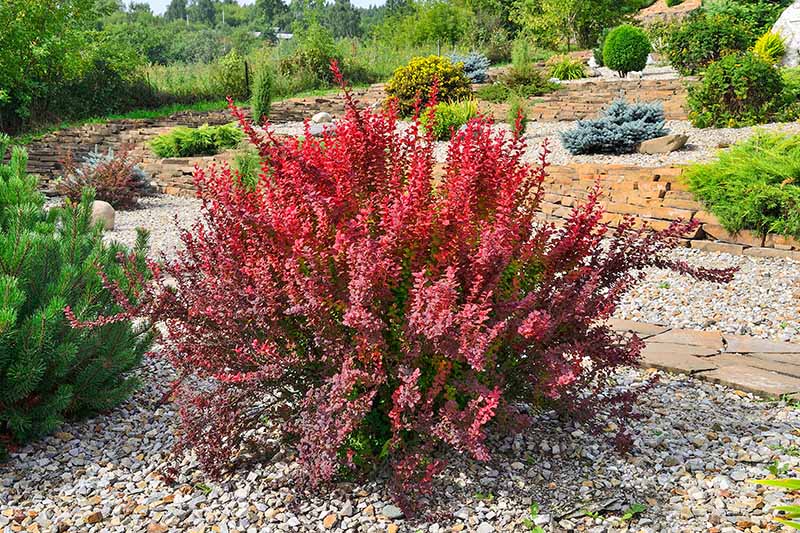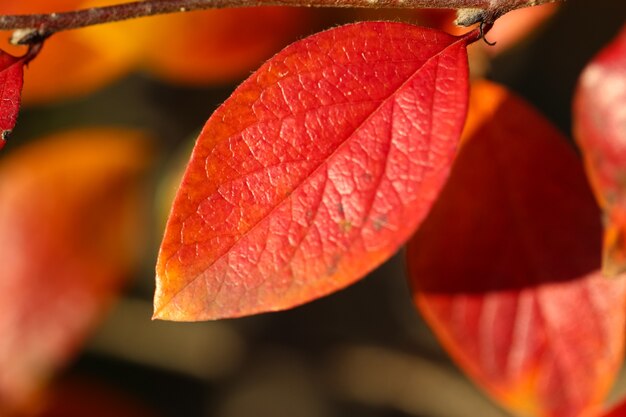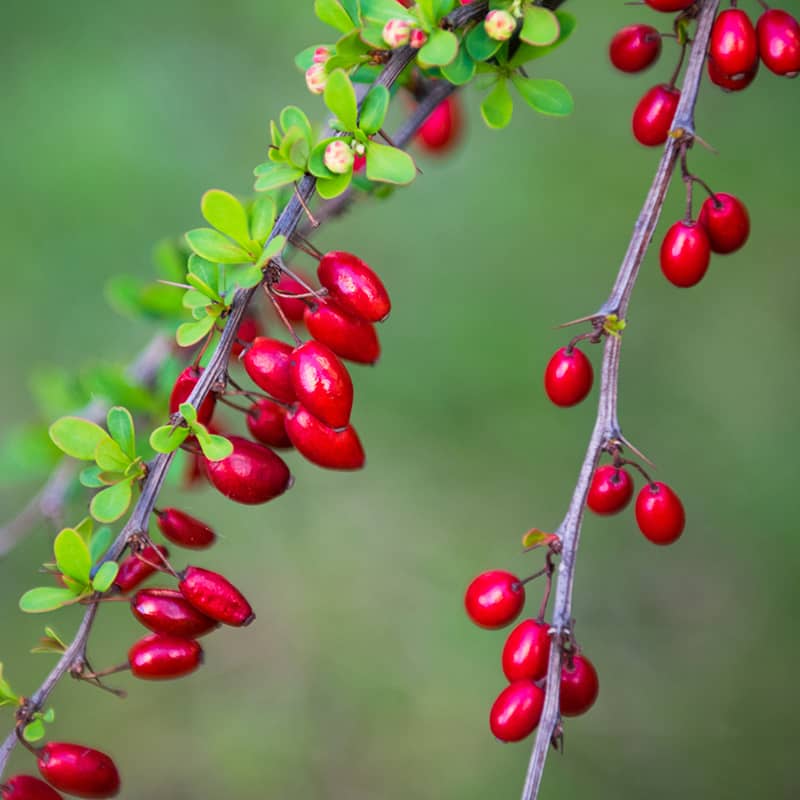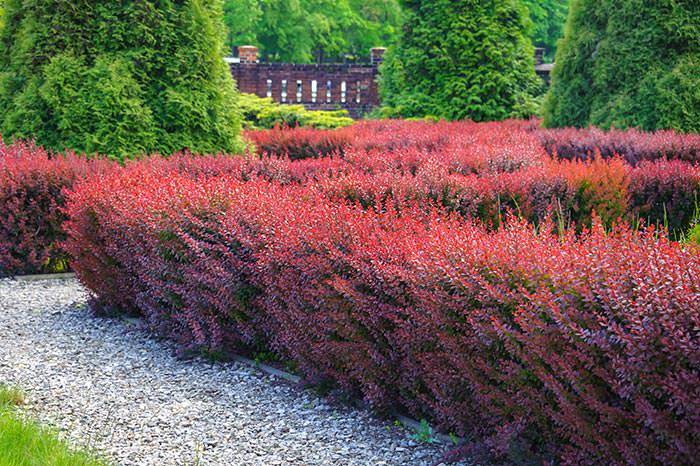The Stunning Red Barberry: A Musthave For Your Garden
Barberry shrubs are a popular choice for gardens because they are hardy, easy to care for, and provide year-round interest. Red barberry is one of the most popular varieties, and for good reason. It has bright red berries that contrast beautifully with the dark green foliage, and it can be used in a variety of landscape settings.
In this blog post, we will discuss the benefits of growing red barberry in your garden. We will also provide tips on how to plant, care for, and propagate this beautiful shrub.
Benefits of Growing Red Barberry
- Hardy and versatile: Red barberry is a hardy shrub that can tolerate a wide range of climates and soil conditions. It is also deer and rabbit resistant, making it a good choice for gardens in areas with these pests.
- Year-round interest: Red barberry provides interest in the garden all year round. In spring, it produces clusters of small, yellow flowers. In summer, the foliage turns a deep green color. In fall, the leaves turn a brilliant red color. And in winter, the red berries provide a splash of color against the snow.
- Ornamental value: Red barberry is a beautiful shrub that can be used in a variety of landscape settings. It can be planted as a hedge, border, or specimen plant. It can also be used to add color and interest to rock gardens or patio containers.
- Edible berries: The berries of red barberry are edible, but they have a tart taste. They can be used to make jellies, jams, and pies. The berries also have medicinal properties and have been used to treat a variety of ailments, including stomach upset, diarrhea, and constipation.
How to Plant Red Barberry
Red barberry is best planted in the spring or fall. Choose a site that receives full sun or partial shade. The soil should be well-drained and slightly acidic.
To plant red barberry, dig a hole that is twice as wide and as deep as the root ball. Amend the soil with compost or other organic matter. Place the root ball in the hole and backfill with soil. Water the plant well.
How to Care for Red Barberry
Red barberry is a low-maintenance shrub that requires little care. Water the plant regularly, especially during hot, dry weather. Apply a balanced fertilizer in the spring to promote new growth.
Red barberry is a relatively pest- and disease-free shrub. However, it may be susceptible to scale insects, spider mites, and powdery mildew. If you notice any pests or diseases, treat them immediately with an insecticidal soap or fungicide.
How to Propagate Red Barberry
Red barberry can be propagated by seed, cuttings, or layering.
To propagate red barberry by seed, sow the seeds in the spring in a well-drained potting mix. Keep the soil moist and the temperature warm. The seeds will germinate in about 2-4 weeks.
To propagate red barberry by cuttings, take 4-6 inch cuttings in the spring or summer. Remove the lower leaves from the cuttings and dip the cut ends in rooting hormone. Plant the cuttings in a well-drained potting mix and keep them moist. The cuttings will root in about 4-6 weeks.
To propagate red barberry by layering, bend a branch down to the ground and secure it in place with a U-shaped piece of wire. Cover the branch with soil and keep the soil moist. The branch will root in about 4-6 weeks.
Conclusion
Red barberry is a beautiful and versatile shrub that is a great addition to any garden. It is hardy, easy to care for, and provides year-round interest. If you are looking for a shrub that will add beauty and function to your garden, red barberry is a great choice.
Red barberry (Berberis thunbergii) is a beautiful and versatile shrub that can add a splash of color to any landscape. With its dark red leaves and bright red berries, it's no wonder that red barberry is a popular choice for home gardeners.
But red barberry is more than just a pretty face. It's also a hardy plant that can tolerate a wide range of conditions, from full sun to partial shade and from dry to moist soil. Red barberry is also relatively low-maintenance, requiring only occasional pruning to keep it in shape.
If you're thinking about adding red barberry to your landscape, I encourage you to visit Garden Wiki for more information. This website has a wealth of resources on red barberry, including planting instructions, care tips, and even recipes for using the berries in cooking.
FAQ of red barberry
- What is red barberry?
Red barberry (Berberis vulgaris) is a deciduous shrub that is native to Europe and Asia. It is known for its spiny branches, bright red berries, and yellow flowers. Red barberry can grow up to 8 feet tall and 6 feet wide. It is a hardy plant that can tolerate a wide range of climates and soils.
- What are the benefits of red barberry?
Red barberry has a number of benefits. It is a good source of Vitamin C and other antioxidants. It has also been shown to have anti-inflammatory and antimicrobial properties. Red barberry can be used to make tea, jam, and other food products. It can also be used medicinally to treat a variety of ailments, including diarrhea, stomachache, and fever.
- Is red barberry invasive?
Yes, red barberry is an invasive species in many parts of the world. It can spread quickly and outcompete native plants. Red barberry can also harbor pests and diseases that can damage native plants. If you are considering planting red barberry, it is important to check your local regulations to see if it is an invasive species in your area.
- How to control red barberry?
If you have red barberry that is growing in an invasive way, there are a number of ways to control it. You can physically remove the plants, either by digging them up or cutting them down. You can also use herbicides to kill the plants. If you are using herbicides, it is important to follow the directions carefully to avoid harming other plants.
- What are the different types of red barberry?
There are many different types of red barberry, each with its own unique characteristics. Some popular varieties include:
- Berberis thunbergii is a Japanese barberry that has bright red or yellow leaves. It is a smaller shrub than common barberry, and it is not as invasive.
- Berberis x stenophylla is a hybrid barberry that has dark red leaves and yellow flowers. It is a hardy shrub that can tolerate a wide range of climates.
- Berberis koreana is a Korean barberry that has dark green leaves and orange-red berries. It is a slow-growing shrub that is not as invasive as common barberry.
Image of red barberry
5 different images of "red barberry" from Pinterest:
- Red barberry shrub in full bloom. The shrub has bright red, oval-shaped leaves and thorny branches.

- Close-up of red barberry leaves. The leaves are a deep red color and have a slightly glossy finish.

- Red barberry berries. The berries are a bright red color and are clustered together on the branches.

- Red barberry plant in a garden. The plant is surrounded by other plants, including flowers and shrubs.

- Red barberry hedge. The hedge is made up of several red barberry plants that have been trimmed to form a uniform shape.

Post a Comment for "The Stunning Red Barberry: A Musthave For Your Garden"